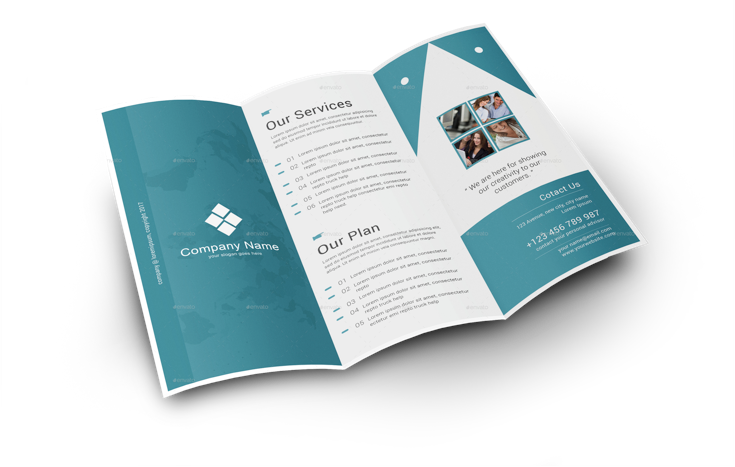Patient Driven Payment Model (PDPM) – Part 2

In our previous blog “PDPM Reimbursement Part 1”, we reviewed the clinical changes, the MDS Assessment Changes and their relation to generating the Patient Driven Payment Model (PDPM) HIPPS Code. In this blog we will be exploring and explaining the complexity of the new HIPPS Codes Components and the tables provided by CMS in the July 31, 2019 FY 2020 PDPM Final Rule release. These tables will be critical for determining and calculating Reimbursement.
An important change related to PDPM HIPPS Codes is they are comprised of a 4-digit Alpha Code and a 1-digit numeric code. The HIPPS Codes will still be generated based on the data recorded in the RAI/MDS Assessment Tool and produced when the Assessment is completed, locked and transmitted. The 5 Case-Mix Adjusted Care Components applied to the 4 Alpha codes are listed below and the 5th digit is the numeric code for the MDS Assessment Modifier. It is important to note that the 1st Alpha digit is shared by the PT and OT Care Components.
PDPM HIIPS Code Example = ABAC1
| MDS Assessment | ||
|---|---|---|
| HIPPS Code Position | PDPM Group Code Result | PDPM Component |
| 1st (Shared Alpha Code) | A | Physical Therapy – PT |
| 1st (Shared Alpha Code) | A | Occupational Therapy – OT |
| 2nd (Alpha Code) | B | Speech/Language Pathology – SLP |
| 3rd (Alpha Code) | A | Clinical/Nursing RUG |
| 4th (Alpha Code) | C | Non-Therapy Ancillaries (NTA) |
| 5th (Numeric Code) | 1 | MDS Assessment Modifier |
The Alpha Characters available as PDPM Group Codes for the PT & OT Component range from A-P, the ST Component range is from A-L, the Clinical Nursing Component Range is from A-Y and the Non-Therapy Ancillary Component Range is from A-F. This is significant because the new format for the HIPPS Code and the Components involved have a radical impact on the possible number of HIPPS Codes and corresponding Reimbursement rates available. Using a Permutations and Combinations Formula the conservative estimated number of possible variable HIPPS Codes could be 115,200.
No longer do you have 64 RUGs with a set rate for reimbursement, which in the past was easily loaded to your Billing Software System. Now, due to the large number of possible HIPPS Codes available it will take a series of complex calculations to determine the actual reimbursement rate based on the HIPPS Codes Combination Generated.
Like previous years, in the July 31, 2019, FY 2020 PDPM Final Rule CMS has provided a series of tables with the needed data to perform those complex calculations. The first two tables to be considered are the FY 2020 Unadjusted Federal Base Rate Per Diems for each of the 5 Case Mix Adjusted Components and the 1 Non-Case Mix Component.
Table 3—FY 2020 Unadjusted Federal Rate Per Diem—Urban
| Rate component | PT | OT | SLP | Nursing | NTA | Non-case-mix |
|---|---|---|---|---|---|---|
| Per Diem Amount | $60.75 | $56.55 | $22.68 | $105.92 | $79.91 | $94.84 |
Table 4—FY 2020 Unadjusted Federal Rate Per Diem—Urban
| Rate component | PT | OT | SLP | Nursing | NTA | Non-case-mix |
|---|---|---|---|---|---|---|
| Per Diem Amount | $69.25 | $63.60 | $28.57 | $101.20 | $76.34 | $96.59 |
The next table is the Proposed PDPM Standardization and Budget Neutrality Multipliers for each of the 5 Case Mix Components, (previously data for FY 2017 DOS only were published) the table has been updated to include Multipliers based on FY 2018 DOS Data. Each of the 5 Components has a corresponding standardization multiplier and a budget neutrality multiplier.
Table 5—Proposed PDPM Standardization and Budget Neutrality Multipliers
| Component | FY 2017 data | FY 2018 data | ||
|---|---|---|---|---|
| Standardization multiplier | Budget neutrality multiplier | Standardization multiplier | Budget neutrality multiplier | |
| PT | 1.031 | 1.458 | 1.028 | 1.463 |
| OT | 1.030 | 1.458 | 1.028 | 1.463 |
| SLP | 0.995 | 1.458 | 0.996 | 1.463 |
| Nursing | 0.995 | 1.458 | 0.996 | 1.463 |
| NTA | 0.817 | 1.458 | 0.811 | 1.463 |
This is where things start to get complicated, normally at this point CMS would provide the two Federally Adjusted RUG-IV Rate Tables, with PDPM and the new HIPPS Codes, CMS had to create new tables and they are very unlike the RUG-IV Rate Table. They are the PDPM Case-Mix Adjusted Federal Rates and Associated Indexes, one for Urban Locations and one for Rural Locations (Copies of these tables will be provided in our PDPM Reimbursement Part 3 Blog).
In each of these tables the first Column of the Table references the MDS Assessment PDPM Group Code. The next series of columns in the table are related to the 5 Case Mix Ad
Each of the Alpha Characters of the PDPM HIPPS Code determined by the RAI/MDS Assessment, is tied to the corresponding letter and component in the table to determine the Rate for that Component. The resulting rates of the 5 Components along with the Non-Case Mix Rate is added together to determine the PDPM Case-Mix Adjusted Per Diem Rate.
Be sure you don’t overlook, that the PT, OT and Non-Therapy Ancillary (NTA) Rates also must be multiplied by the Variable Per Diem (VPD) rate based on the length of stay. The Variable Per Diem (VPD) percentage rate is provided in yet another table.
We aren’t done yet! The PDPM Case-Mix Adjusted Per Diem Rate that was just calculated now must be broken down into Labor (76%) and Non-Labor (24%) portions to allow the Labor Portion to be multiplied by the Wage Index for the Current Year based on your SNF’s physical location. The Wage Index Percentage Table is still found by clicking on a Link which will take you to the appropriate table on the CMS.gov website. Finally, that rate will then have to be further adjusted for the 2% Sequestration Reduction, Value Based Program (VBP) Incentive Percentages and any penalty related to the Quality Reporting Program (QRP).
It is SNF Solutions’ opinion, that in order to determine reimbursement rates, calculate revenue and contractual adjustments for DOS 10/1/2019 and forward, billing software companies are going to have to load these tables into their software systems and write the programming to complete the complex calculations. Since the posting of Blog 1 of this series several of the commonly used billing software systems have released updates to their programs with instructions related to system or database setup changes that will be needed.
Additionally, to be sure that SNFs are billing correctly and receiving accurate reimbursement, they will need to ensure adequate education and training is provided to their Business Office staff and managers. These key staff members will need to understand the correlation of each one of the four Alpha Identifiers of the PDPM HIPPS Codes to the 5 Non-Case Mix Components, utilize the tables provided and be able to perform the calculations to determine if the correct reimbursement was received.
BUCKLE UP ITS GOING TO BE A VERY BUMPY RIDE!
We can help. Schedule a free consultation with us today.
In our PDPM Reimbursement Part 3 Blog we will be uploading copies of the tables referenced in this blog from the July 31, 2019 release of the FY 2020 PDPM Final Ruling and providing examples of the calculations required to determine reimbursement.

5 ways to increase your revenue without adding a single resident
Chances are that you’re leaving revenue on the table. This quick resource guide will help ensure that your office is getting the most from your existing business so you can maximize your revenue without adding a single resident.

